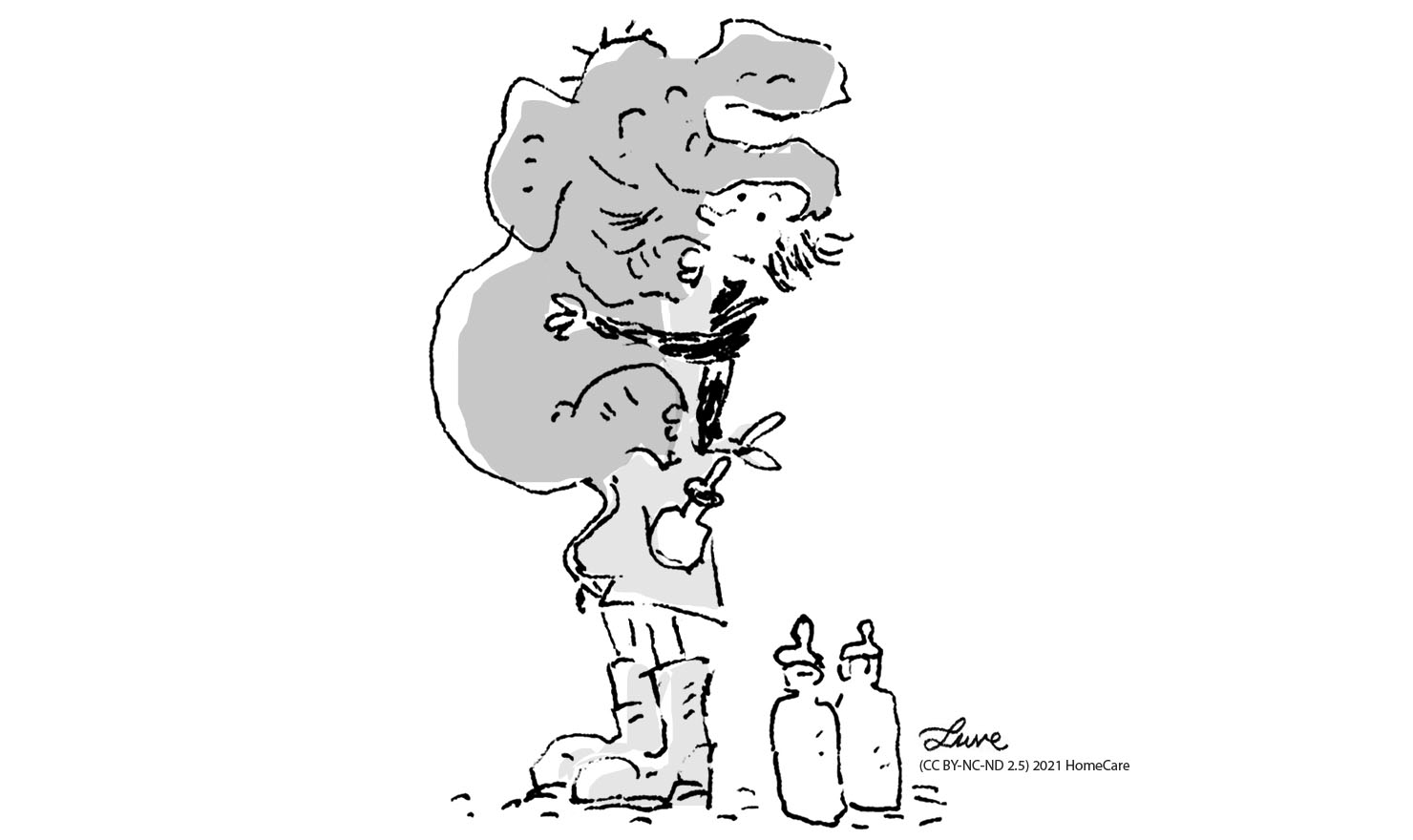
Little Jumbo had a special ‘I love you’ jump for his foster mom.
Defining what emotions are is not an easy deal, because its origins are rooted in diverse causes. However, for the purposes of this course, we will base our understanding of what emotions are on a single definition.
![]() According to the American School of Psychology, emotions are:
According to the American School of Psychology, emotions are:
“A complex reaction pattern, involving experiential, behavioural, and physiological elements, by which an individual attempts to deal with a personally significant matter or event. The specific quality of the emotion (e.g., fear, shame) is determined by the specific significance of the event. For example, if the significance involves threat, fear is likely to be generated; if the significance involves disapproval from another, shame is likely to be generated” (APA, 2020).
This significance of the event is, therefore, what causes emotions to be presented in different forms and to perform certain functions, which can have different consequences (Retana, 2012).
It is possible to control the way we respond, or deal with the situation originated, as this can be learned through emotional education, but we cannot control the emotion per se, because emotions are unintentional (Retana, 2012).
Therefore, it is possible to claim that emotions are biological and cognitive phenomena or events, which have social consequences, and these consequences can be:
![]() Positive when linked to pleasant feelings such as love or happiness
Positive when linked to pleasant feelings such as love or happiness
![]() Negative when related to unpleasant feelings such as anxiety
Negative when related to unpleasant feelings such as anxiety
![]() Or neutral when they have no related feelings such as hope or surprise
Or neutral when they have no related feelings such as hope or surprise
In addition, it is also possible to make another distinction:
![]() According to the response an individual gives to a particular situation, as it can be classified as high or low energy. (Retana, 2012)
According to the response an individual gives to a particular situation, as it can be classified as high or low energy. (Retana, 2012)
In the vast majority of cases, emotions are manifested jointly; indeed it is not usual that an individual experiences emotions separately, because normally more than one emotion arises in any given situation, which are normally interrelated, (Retana, 2012)
Back to Introduction Next
![]()
Emotional Intelligence in Caring for the Elderly:12% complete
